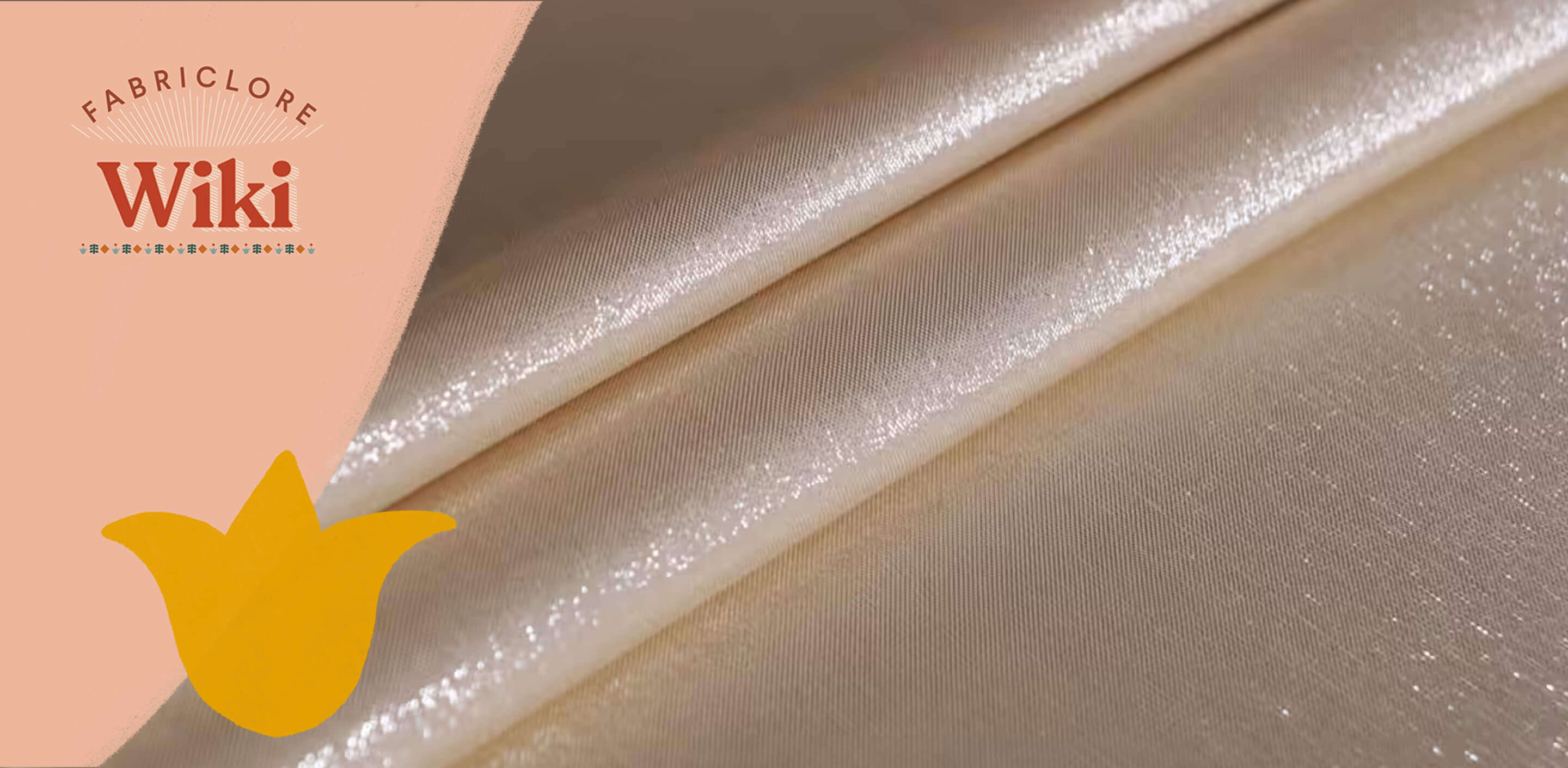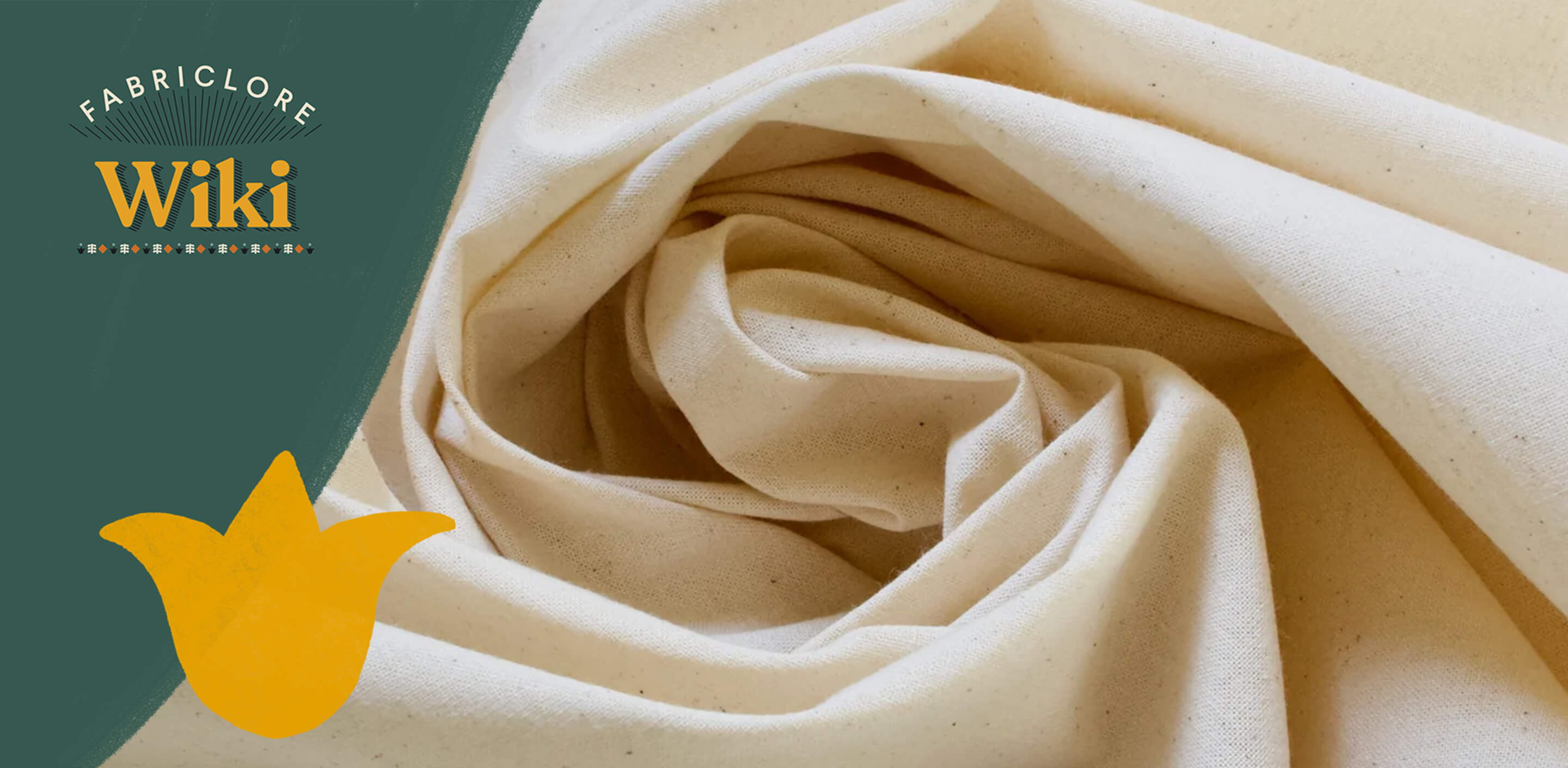What is Boiled Wool?
- Boiled wool is a type of fabric that is mostly used to make berets, scarves, vests, cardigans, coats, and jackets.
- Fulling is the procedure that is used to manufacture this fabric, which involves agitating knit textiles made of wool or wool blends with hot water.
- As a result of this process, the fabric will become denser and more felted. It will also become less likely to shrink or tear further.

History
- The method of producing boiled wool may be traced all the way back to the Middle Ages.
- The fulling method that was used to create boiled wool originated in Turkey, and there is some evidence that it dates back to around 6500 BC.
- Further the remnants of clothing made of were discovered in cemeteries located in the Altai Mountains of Siberia. These graves date back to about the 7th century BC.
- In addition, this method has been used to make wool in the Alps for more than 2,000 years. These textiles were traditionally used by warriors to cover their shields.
- The boiled materials were also used by hunters and rangers to make tools that helped them move quietly while hunting.

What Makes it Stand Out?
|
Texture |
The fabric has a pilling texture |
|
Temperature |
Due to its close air chamber the fabric can maintain a constant temperature within it. |
|
Weather protection |
The fabric is strong and friction-resistant because of its density and fat content. |
|
Elasticity |
Because of its elasticity, boiled wool fabrics keep their form for a longer period of time. |
Applications & Uses
|
Clothing |
Jackets, coats, cardigans, vests, etc. |
|
Accessories |
Scarves, berets, etc. |
Care Instructions
- Items made with boiled wool need special care while being washed.
- If your fabrics made of boiled wool have been somewhat soiled, you may clean them by gently brushing or shaking.
- You can hand wash or machine wash your boiled wool using cold water regardless of the method you choose.
- It is necessary to turn your clothes inside out before putting them in the washing machine.
- Outfits made of boiled wool should not be wrung out, rubbed, or squeezed.





